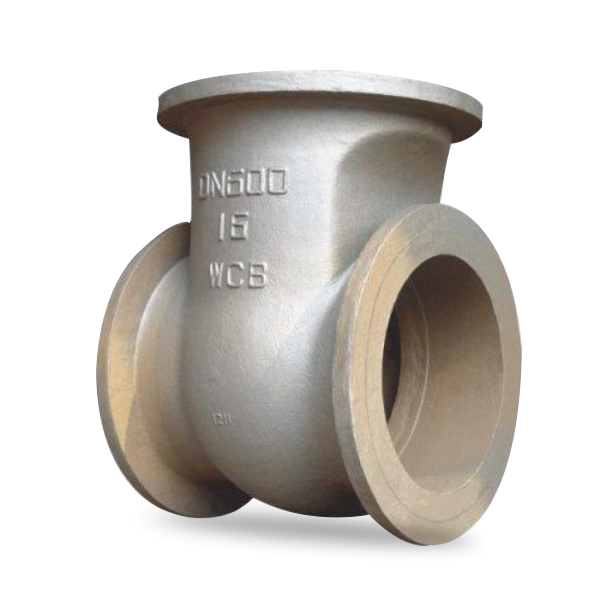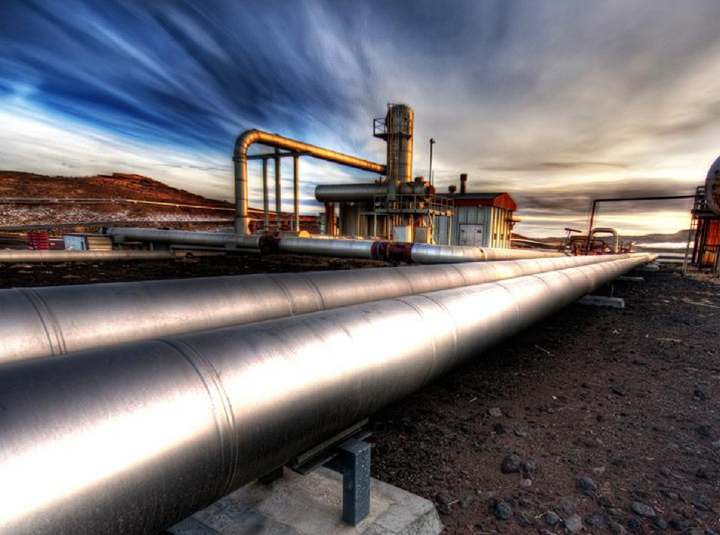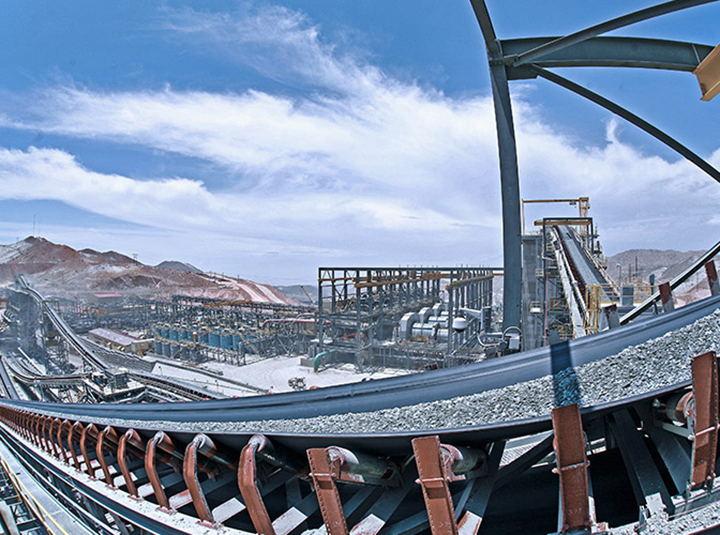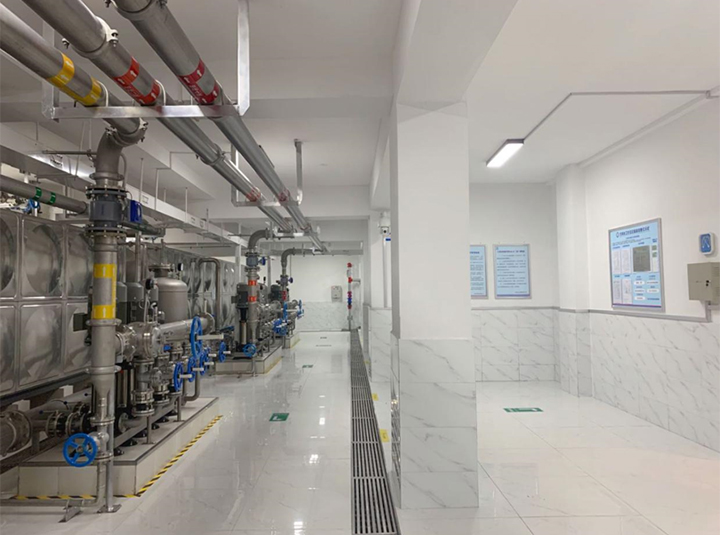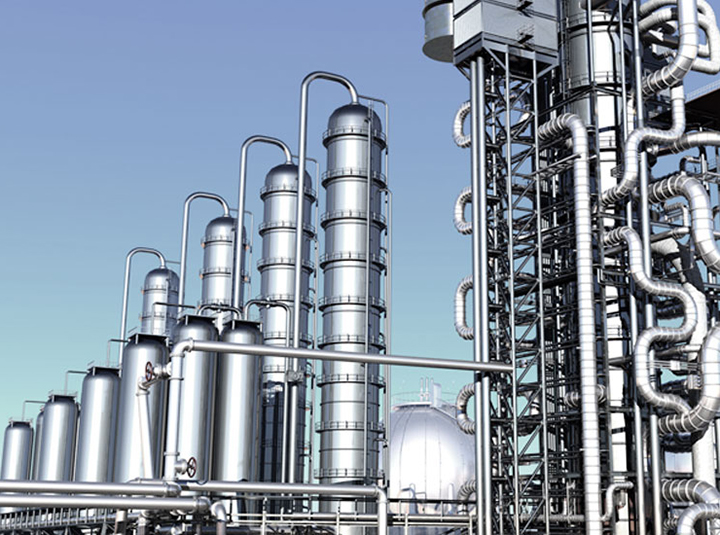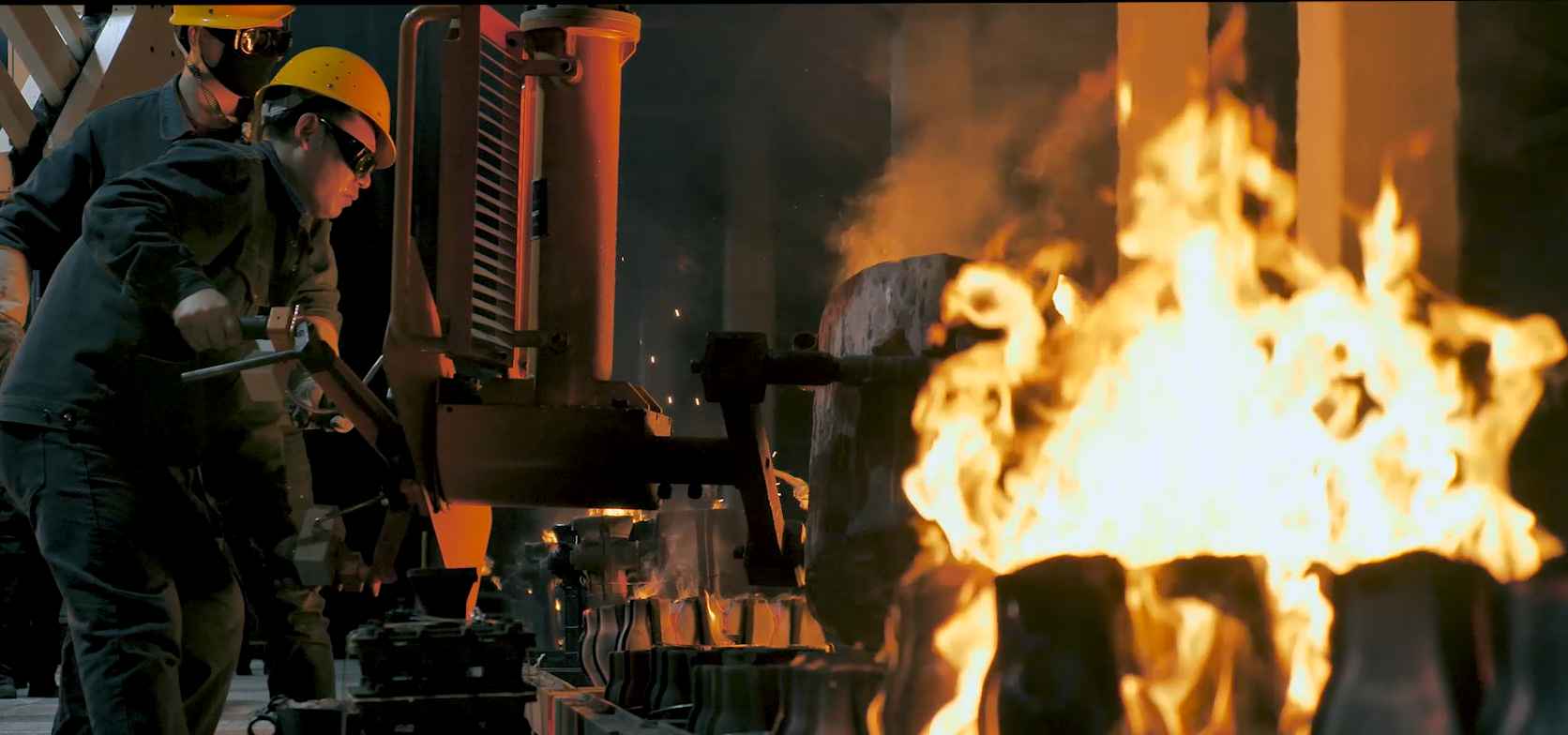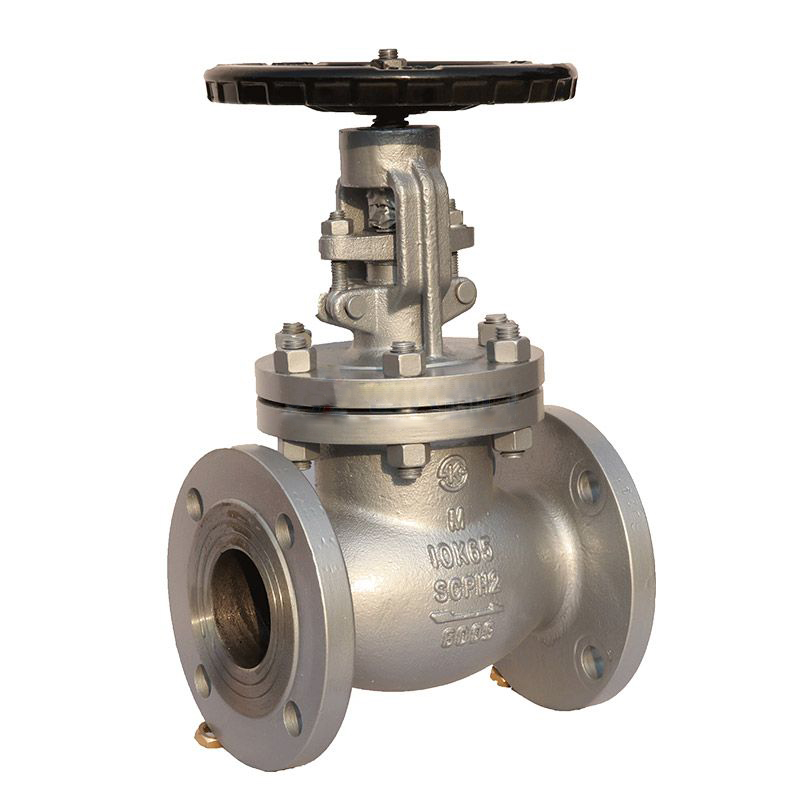The globe valve is designed with low inlet and high outlet to reduce the flow resistance of the medium, which will save more effort when opening the valve. At the same time, when the valve is closed, the gasket between the valve shell and valve cover, as well as the packing around the valve stem, will not be subjected to long-term medium pressure and temperature, which can extend the service life of the valve and reduce the probability of leakage. In addition, this can also replace or add packing when the valve is closed, making maintenance easier.
In general, globe valves are low in and high out, but there are also some special cases where globe valves are high in and low out:
- High pressure globevalve with a diameter greater than 100mm
Due to the poor sealing performance of large diameter valves, this high inlet and low outlet method is used to increase the sealing performance of the valve by applying medium pressure above the valve disc when the shut-off valve is in a closed state.
- Two globe valves connected in series on the bypass pipeline, the second one requiring "high inlet and low outlet".
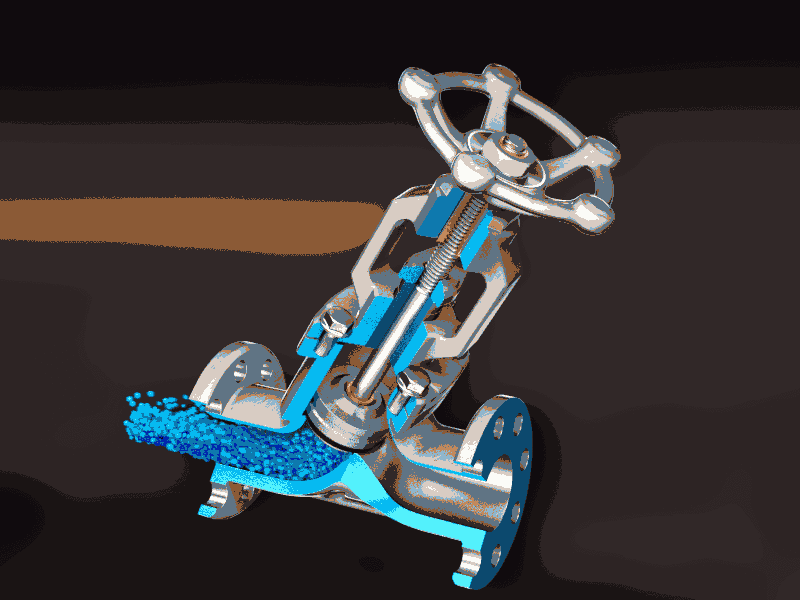
To ensure the tightness of the valve within a maintenance cycle, valves that frequently open and close require the installation of two series globe valves. For the bypass system, the functions of this bypass include:
- Balance the pressure before and after the main pipeline valve, making it easy to open and labor-saving, and reducing the wear of the main pipeline valve;
- Warm up pipes with small and medium flow during startup.
- On the main water supply pipeline, control the water flow to control the boiler pressure increase speed for boiler water pressure test. The bypass stop valves are divided into primary and secondary valves according to the direction of medium flow. During normal operation of the unit, the primary and secondary valves are closed, and both are in direct contact with the medium. To prevent the gasket between the valve body and cover of the secondary valve and the packing around the valve stem from being subjected to medium and temperature for a long time, and to replace the valve packing during operation, the installation direction required for the secondary valve is "high in and low out".
- Boiler exhaust and drain globe valves
The boiler exhaust and vent globe valves are only used during the boiler start-up water inlet process, with a low frequency of opening and closing. However due to poor sealing, the working fluid is lost. Therefore, some power plants install such stop valves in a "high in low out" direction to improve their tightness.
- Electromagnetic quick break valve
The function of the electromagnetic quick disconnect valve is to quickly close and cut off the fuel supply. The structure of an electromagnetic quick break valve is similar to that of a globe valve. If the electromagnetic quick break valve also has working fluid flowing in from the bottom and out from the top, the force of fuel acting on the lower part of the valve disc is large. Therefore, if the working fluid enters the quick break valve from the bottom, the torque generated by the heavy hammer is less than the torque generated by the fuel pressure, and the fuel cannot be cut off when the quick break valve acts, thus the expected purpose cannot be achieved. If the working fluid enters from the top, once the quick break valve acts, the pressure behind the valve rapidly decreases, and the force of fuel acting on the lower part of the valve disc quickly decreases to zero.
It is difficult to close the valve when using low inlet and high outlet in general large caliber and high-pressure conditions. If using low inlet and high outlet in high-pressure large caliber conditions, the valve stem is prone to deformation and bending due to long-term water pressure, which affects the safety and sealing of the valve; Choosing a high inlet and low outlet can reduce the diameter of the valve stem, which will also save some costs for manufacturers and users.



